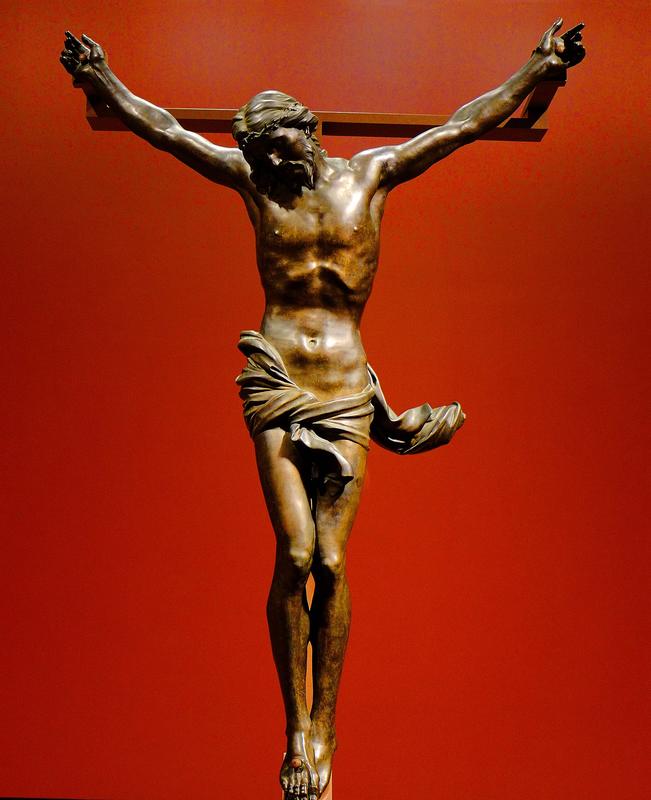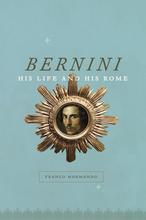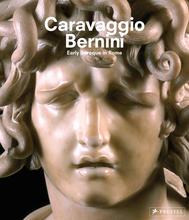More about Corpus
- All
- Info
- Shop

Contributor
Bernini felt called to do a rendition of the Crucifixion in the 17th century, completing it around 1650.
Unlike most artists, he chucked the cross that held Jesus out of the picture, keeping all focus on the emotion expressed by the dead-yet-soon-to-rise body of Christ. Built as a personal meditation on the death of the Messiah, Bernini kept the sculpture for himself for twenty-five years of his life.
Three versions of the 1.7 meter bronze sculpture were made: one was destroyed during the French Revolution, another in the hands of the Spanish royal family, and a third was last seen in Perugia in 1790, lost for a hundred years until it resurfaced in Venice in 1908, falling into the hands of a private owner.
The third rendition was found as part of an estate sale from a woman associated with the American Kennel Club, where it sat unsold amongst the bronze dogs she sold for five to ten thousand dollars. It was priced at a measly $200. Andrew Butterfield, an academic who worked at the Institute for Advanced Study in Princeton until 1996, bought it and sold it to Murray Frum, real estate developer and one of the Art Gallery of Ontario’s board members. Originally thought to have been cast by an anonymous French artist, the sculpture was sent for restoration. After black paint that was added to the sculpture was removed by a restorer, Butterfield identified it as a Bernini piece in 2005. Frum subsequently donated it to the AGO, which displayed it in the summer of 2007 as part of their closing exhibition before the museum underwent a restoration that was completed a year later.
The statue is currently valued at 50 million dollars. For that price, you could buy a few mansions, seven-thousand Bitcoins, or nearly cover the cost of a rare blue 1965 Ferrari GTO.
Sources
- “$50M Bernini Bronze Donated to Toronto Gallery | CBC News.” CBCnews. CBC/Radio Canada, January 11, 2007. https://www.cbc.ca/news/entertainment/50m-bernini-bronze-donated-to-tor….
- Acton, Gemma. “At $55 Million, Is This the World's Most Expensive Car?” NBCNews.com. NBCUniversal News Group, December 12, 2016. https://www.nbcnews.com/business/autos/55-million-world-s-most-expensiv….
- “Art of Discovery.” Financial Times. Financial Times, March 10, 2016. https://www.ft.com/content/4d550832-d1a6-11e5-831d-09f7778e7377#slide0.
Featured Content
Here is what Wikipedia says about Corpus (Bernini)
Corpus (The Body) is a life-size bronze sculpture of the crucified Jesus by Gian Lorenzo Bernini. Cast in 1650, Bernini held onto it in his private collection for 25 years.
Check out the full Wikipedia article about Corpus (Bernini)














